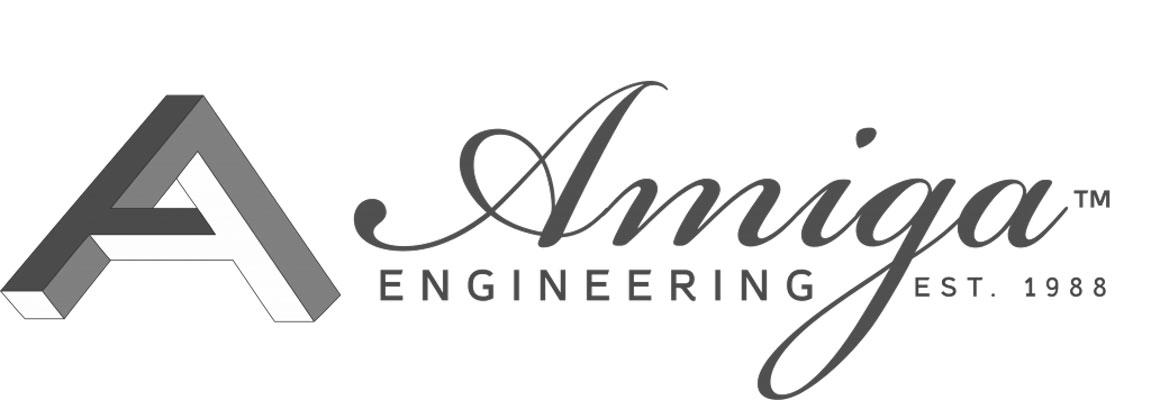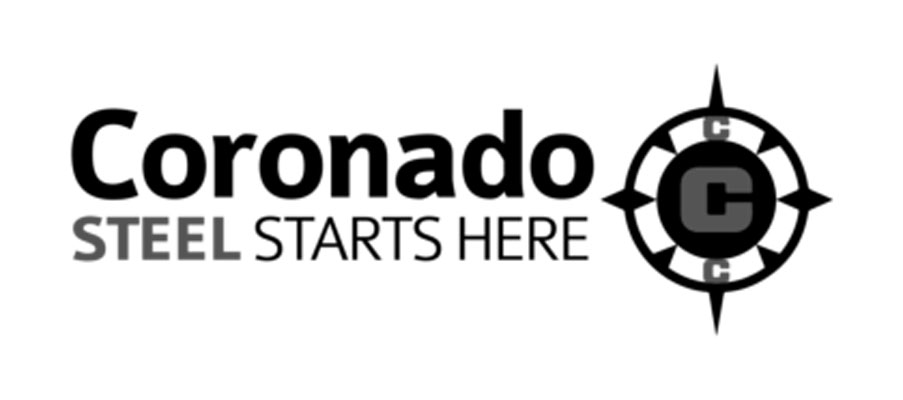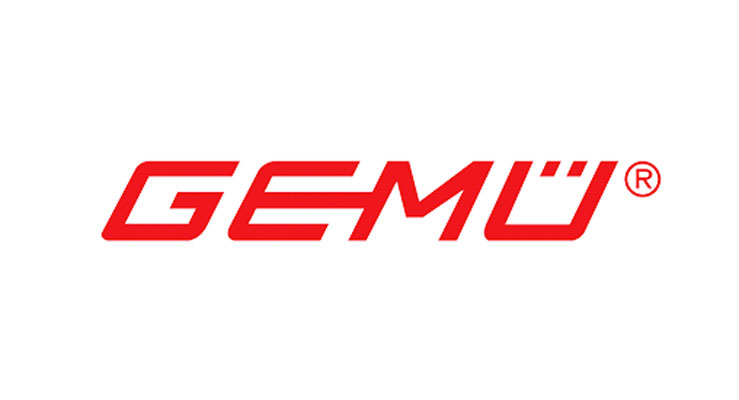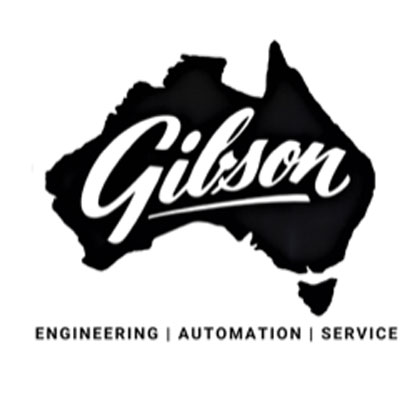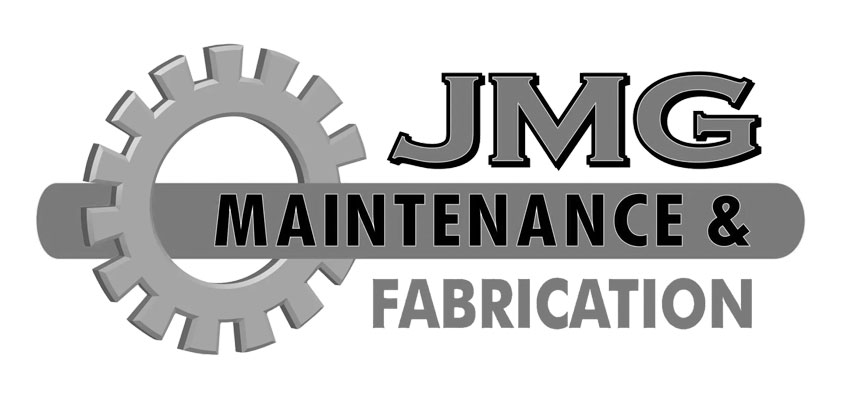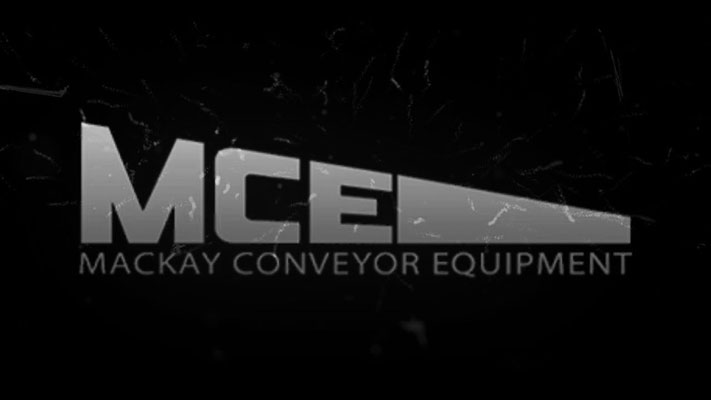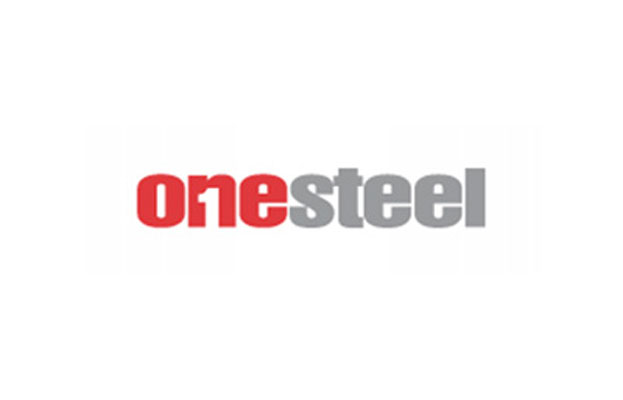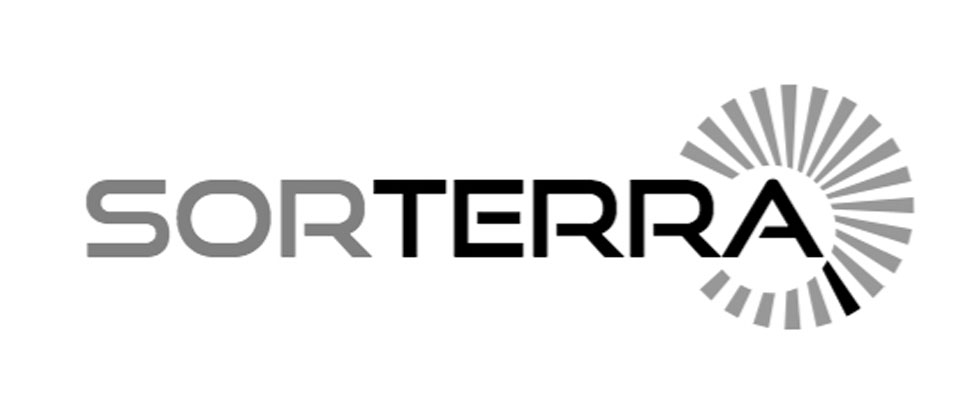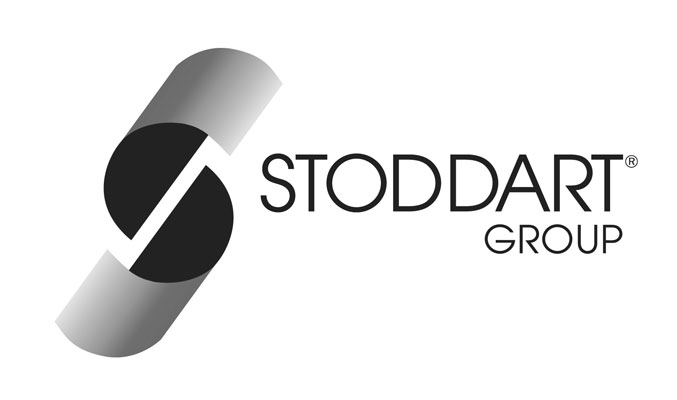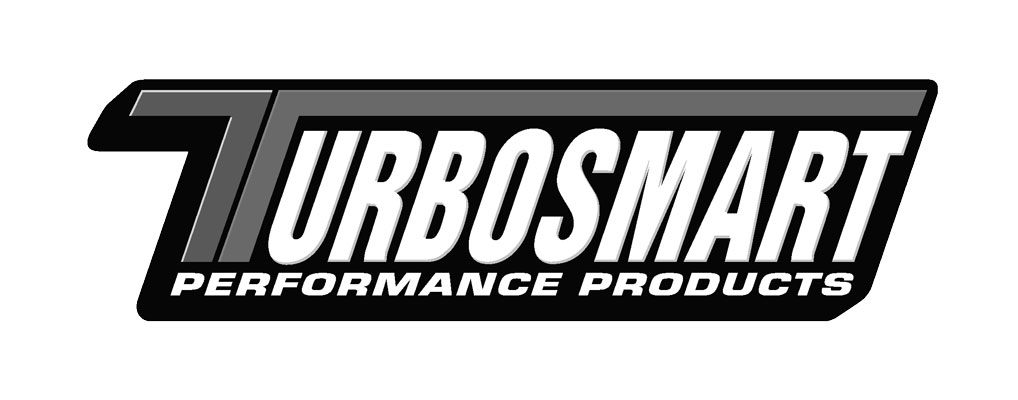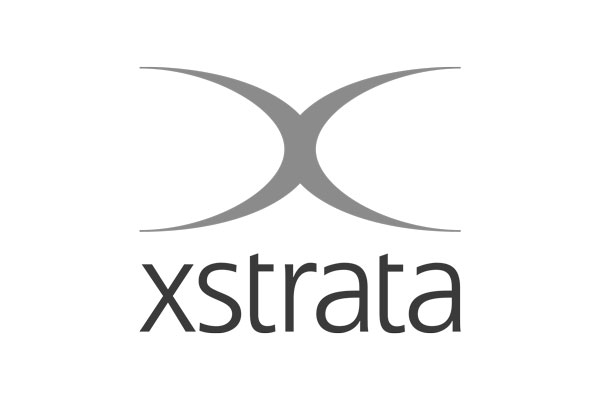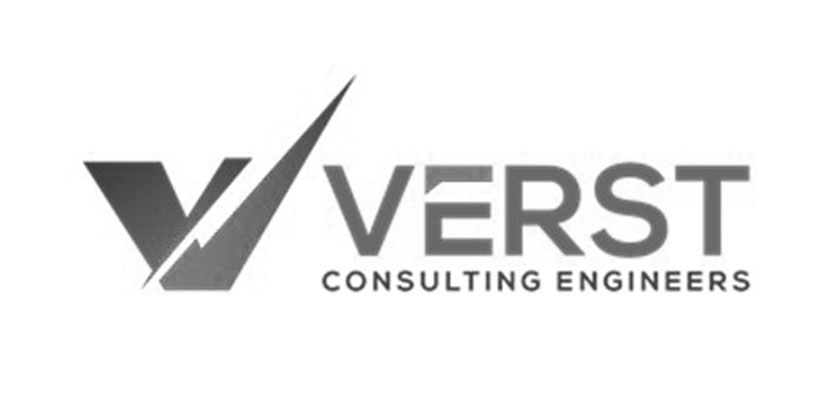3D Scanning in Mount Gambier
Mount Gambier is one of South Australia’s most geologically and environmentally distinctive engineering locations. Built on volcanic ground and surrounded by limestone karst systems and abundant groundwater, it is also the heart of the Limestone Coast forestry and timber-processing industry. Engineering in Mount Gambier must carefully balance ground conditions, water sensitivity, and heavy industrial operations.
Hamilton By Design supports projects across Mount Gambier and the wider Limestone Coast with 3D LiDAR laser scanning, engineering, 3D modelling, FEA, and easy-to-build fabrication drawings, helping clients plan, upgrade, and maintain assets with confidence.
Engineering in Mount Gambier: Where Ground and Water Matter
Unlike many regional centres, engineering in Mount Gambier is heavily influenced by what lies beneath the surface.
Projects here often involve:
- Volcanic soils and variable ground conditions
- Limestone bedrock with potential voids and groundwater interaction
- Forestry, timber processing, and associated heavy plant
- Industrial facilities operating close to environmentally sensitive areas
These factors make accurate site data and conservative, well-verified engineering essential.
3D Laser Scanning for Mount Gambier Projects
High-accuracy 3D LiDAR laser scanning provides a reliable foundation for engineering in Mount Gambier.
Hamilton By Design captures precise as-built data for:
- Sawmills and timber-processing facilities
- Conveyors, handling systems, and heavy machinery
- Industrial buildings, platforms, and access structures
- Infrastructure located on variable or sensitive ground
3D scanning records the true geometry of existing assets, including misalignment, settlement, and undocumented modifications — all common in older industrial sites and facilities built over complex geology.
This allows projects to move forward with reduced risk, fewer site visits, and greater confidence during construction.
Learn more about our scanning services:
3D Laser Scanning
3D Modelling Built from Real As-Built Conditions
From the point cloud, Hamilton By Design develops accurate 3D CAD models that reflect actual site conditions.
Our 3D modelling services support:
- Brownfield plant upgrades
- Modifications to timber-processing equipment
- Spatial coordination in tight industrial layouts
- Clash detection and constructability reviews
- Long-term digital asset records
In Mount Gambier, modelling from real data is especially valuable where ground movement, legacy plant, or limited documentation exists.
Explore our modelling capability:
3D CAD Modelling
FEA for Structural and Mechanical Confidence
Many Mount Gambier assets operate continuously and must perform reliably under changing loads and environmental conditions. Finite Element Analysis (FEA) is used to validate designs and extend asset life.
Hamilton By Design applies FEA to:
- Assess structural capacity and stiffness
- Check modifications to existing steelwork
- Evaluate deflection, fatigue, and buckling
- Support strengthening or life-extension decisions
By analysing as-built geometry, FEA provides results that better represent real behaviour — particularly important where foundations and ground conditions influence structural performance.
Learn more about our analysis services:
FEA Capabilities
Easy-to-Build Fabrication and Installation Drawings
Clear, practical documentation is essential for regional projects where fabrication and installation teams rely on drawings to get the job done efficiently.
Hamilton By Design produces easy-to-build fabrication drawings, including:
- General arrangement drawings
- Fabrication and workshop details
- Installation and modification layouts
- As-built documentation
Because drawings are generated directly from scanned data and validated 3D models, they align closely with site conditions, reducing ambiguity and rework.
View our drafting services:
Drafting Services
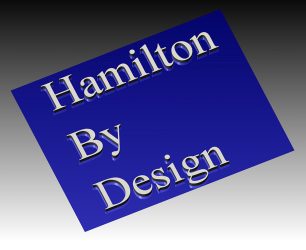
Why Hamilton By Design in Mount Gambier?
Hamilton By Design delivers an integrated, engineering-led workflow — from site capture through to modelling, analysis, and construction documentation.
For Mount Gambier clients, this means:
- Better understanding of complex ground and plant conditions
- Reduced risk when upgrading existing assets
- Designs that support forestry and industrial operations
- Fabrication-ready drawings that are practical to build
Whether you are working within timber processing, industrial facilities, or regional infrastructure, Hamilton By Design provides accurate, practical, and build-ready engineering solutions tailored to Mount Gambier’s unique conditions.
If you’re planning a project in Mount Gambier or across the Limestone Coast, we’re ready to help — starting with accurate data and carrying it through to buildable outcomes.
Our clients



